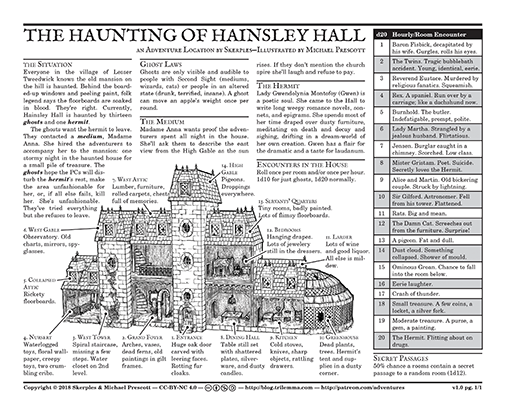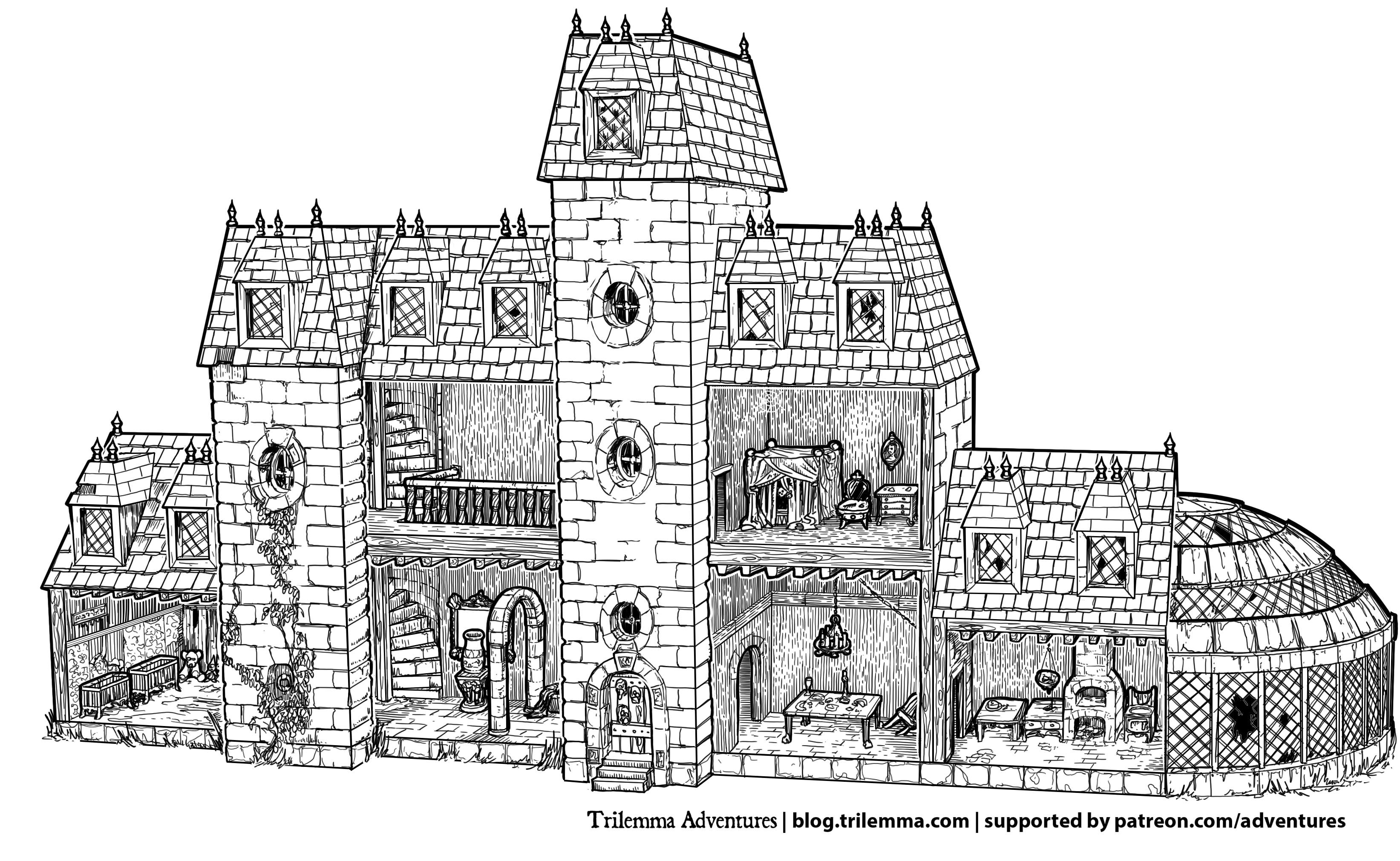- Boundaries that define what's allowed/not allowed
- Procedures that illustrate one possible path
The familiar rules of chess land squarely in the first category. Bishops move this way, exactly this way, and no other way. It's not a recommendation, but a hard rule. Jointly, all the rules of chess create a labyrinthine set of possibilities—huge and complex, but sharply defined wherever you're able to inspect closely.
Here, limits on freedom are intentional—they force you into interesting choices. How will you take down that knight? Which three spells will you memorize?
Changing these rules has big implications. Moving your knight in a novel way completely changes chess, just like being able to disregard walls completely changes the nature of a maze.
Changing these rules has big implications. Moving your knight in a novel way completely changes chess, just like being able to disregard walls completely changes the nature of a maze.
* * *
On the other hand, here's a completely different type of RPG play situation, caused by rules that look like this:
When a player tries something interesting, decide which skill is appropriate. Set a difficulty level and call for a skill check.
There's a lot of ambiguity here. What does interesting mean? How does the GM decide which skill is appropriate? How do you decide the difficulty level?
This presents the GM with a judgement call. The GM has lots of freedom, but the analysis paralysis might be too much for new GMs, or in uncommon and high-stakes situations (e.g. trying to whip up a cure poison potion to save a stricken colleague, where the difficulty can mean life or death).
One way to address very open situations is with guidance, such as the essays on combat should feel in Amber Diceless.
Here's another way:
Here's another way:
Taken as a strict boundary that defines legal play, this is so procedure-bound that it might as well be out of a board game.
However, you can also read this turn sequence as an illustrative procedure, something to start using until you're familiar enough with the basics that you can comfortably ad lib.
This distinction is important because the first type of rule can't be changed (without materially affecting the game). The second type of rule can be a temporary strut, and moving beyond it might be a natural evolution of play.
* * *
(Yes I know that people play with this as a strict procedure, no I don't think that makes it a board game. Also, this post isn't about skill systems or turn sequences; those just illustrate the larger point. No I don't think it's bad to change the rules of chess. No I don't think it's bad to follow the B/X turn sequence literally.)
This distinction is important because the first type of rule can't be changed (without materially affecting the game). The second type of rule can be a temporary strut, and moving beyond it might be a natural evolution of play.
* * *





